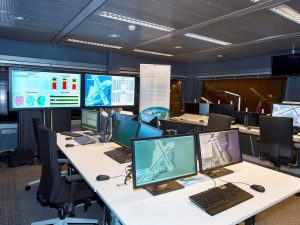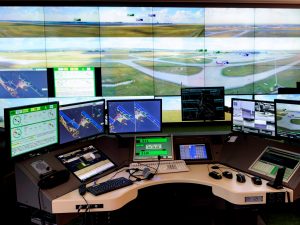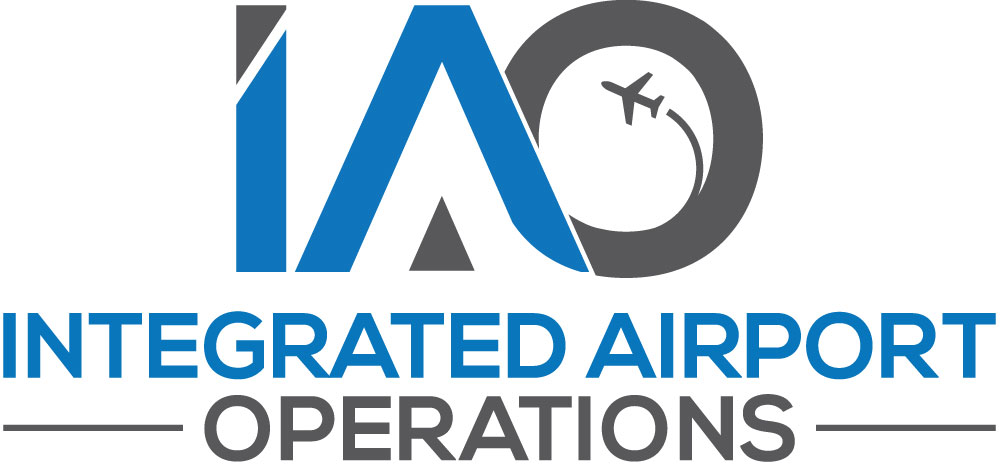Content
Background of IAO
The European Union has the goal to reform Air Traffic Management in Europe, so that the growing air traffic can continuously be managed in a safe, efficient and green environment. Therefore, the Single European Sky Initiative (SES) was launched by the European Commission in 2004. Five years later the SES framework was adopted, which currently covers five pillars to achieve the objectives: the performance-based regulatory framework, the safety pillar, the technological contribution, the human factor pillar and the optimisation of airport infrastructure.
SESAR (Single European Sky ATM Research) is the technological pillar of the Single European Sky. Within SESAR, ATM solutions are defined, developed, validated and finally deployed, to improve Air Traffic Management (ATM) performance. Starting with a definition phase, the SESAR programme is continued by a development phase and will be followed by the deployment phase. The current SESAR 2020 Research and Innovation (R&I) Programme includes on the one hand research and innovation activities (Industrial research – IR) in several areas . On the other hand, it also demonstrates technological and operational mature solutions, previously developed in SESAR, in a close to operational environment (Very Large Scale Demonstration – VLD).
Within the framework of the Single European Sky (SES), the European Air Traffic Management Master Plan is the main planning tool for defining ATM modernisation priorities and ensuring that the SESAR Target Concept becomes reality. With the Commission Implementing Regulation (EU) no 716/2014 the European Commission has defined the establishment of a Pilot Common Project (PCP) supporting the implementation of the European Air Traffic Management Master Plan to provide the Union by 2030 with a high performing air traffic management infrastructure.
The aim of this Pilot Common Project is to deploy in a timely, coordinated and synchronised way those ATM functionalities, which are mature for implementation and which contribute to the achievement of the essential operational changes identified in the European ATM Master Plan.
The following six ATM functionalities (AF) have been identified for deployment and defined in operational, technical and geographical scope:
- AF1 – Extended Arrival Management and Performance Based Navigation in the High Density Terminal Manoeuvring Areas
- AF2 – Airport Integration and Throughput
- AF3 – Flexible Airspace Management and Free Route
- AF4 – Network collaborative management
- AF5 – Initial system wide information management
- AF6 – Initial trajectory information sharing
Detailed Project Description
The Integrated Airport Operations project (IAO) is part of the SESAR 2020 Very Large Scale Demonstrations and belongs to the Industrial Research & Validation section of the research programme developed under the SJU Private Public Partnership SESAR 2020. The objective of IAO is to perform Very Large Scale Demonstrations (VLD) of airport related solutions that were developed under the previous SESAR 1 research programme and achieved the required maturity.
In detail, IAO focusses on three of the Air Traffic Management (ATM) sub-functionalities requested by the Pilot Common Project, which are all part of the ATM Functionality #2 – Airport Integration and Throughput (AF#2):
- Departure Management Synchronised with Pre-departure sequencing,
- Airport Safety Nets, and
- Automated Assistance to Controller for Surface Movement Planning and Routing.
The IAO VLD consists of four demonstrations in a close to operational environment. Out of these four demonstrations one is an on-board exercise (Onboard Traffic Alerts). The other three will take place at the three airports Hamburg, Nice and Budapest, which provide diverse characteristics:
- Hamburg Airport: crossing runway system, multiple dependent runways and a non-complex surface layout,
- Nice Airport: dependent parallel runway system, where traffic congestion takes place daily during the peak season, and a complex surface layout,
- Budapest Airport: dependent parallel runway system and a complex surface layout.



The individual demonstrations are set up independently, but cover partly similar functionalities to prove their general applicability despite of local characteristics. They will take place between March and April 2019 and will be supported by the respective airport authorities and local controllers. All four together will demonstrate and support the framework of the PCP as described above with the following SESAR solutions and project support actions:
- Airport safety nets for controllers: conformance monitoring alerts and detection of conflicting ATC clearances (# 02),
- Automated assistance to controller for surface movement planning and routing (# 22),
- Pre-Departure Sequencing supported by Route Planning (# 53), and
- On-board Traffic Alerts (support for SESAR project PJ03b-05).
Specific IAO Goals
Very Large scale demonstrations within the SESAR2020 programme are set up to actively support the deployment. To succeed in this main goal IAO wants to prove and demonstrate:
Readiness
- operational readiness of all developed functionalities
- applicability of the demonstrated tools for different local characteristics
- compliance to current standards and regulations including the involvement of respective bodies
- deployment and promotion of the tools developed in SESAR 1 and demonstrated in IAO
Controller Support
- increase in situational awareness by using the demonstrated tools
- adherence to an acceptable controller workload with any of the new functionalities
- benefits of Conformance Monitoring and Conflicting ATC Clearance Alerts
Technology
- the efficiency of routing and planning tools, partly with user interaction
- the improvement of DMAN functions with route planning
- the benefit of using accurate A-SMGCS taxi-time
Demonstration Setup
The functionalities of IAO are almost all tested in passive shadow mode. Operational data is used in real time to feed into the system under test, but information provided by the demonstrated solutions has no influence on the operational system. This modus operandi allows the evaluation of the above introduced objectives with realistic/real operational data without affecting the safety and processes of the real airport operations.
The core intention of the IAO VLD is de-risking the deployment phase of the selected functionalities. The demonstration approach of IAO is hence designed to show the technical and operational readiness of these systems on-board as well as on the ground. In addition, evidence shall be provided that functionality and industrial implementation will work at airports with different characteristics to enhance trust in the pre-operational products. The manifold objectives of IAO are in particular to demonstrate the utility, usability, feasibility, and effectiveness of the respective functions. Furthermore, the accuracy, adequacy and appropriateness of those functionalities are in the focus together with acceptable controller workload, improved situational awareness, safety and integration aspects.
Key figures
Project acronym: PJ28 IAO
Project full title: Integrated Airport Operations
Topic: Integrated Airport Operations (including Time Based Separation)
Type of action: Innovation action / very large scale demonstration
Granting authority: Single European Sky ATM Research
Project duration: 39 months
Project start: 01.12.2016
Partners: 13 partners (7 active)
Volume: 5 million Euro
